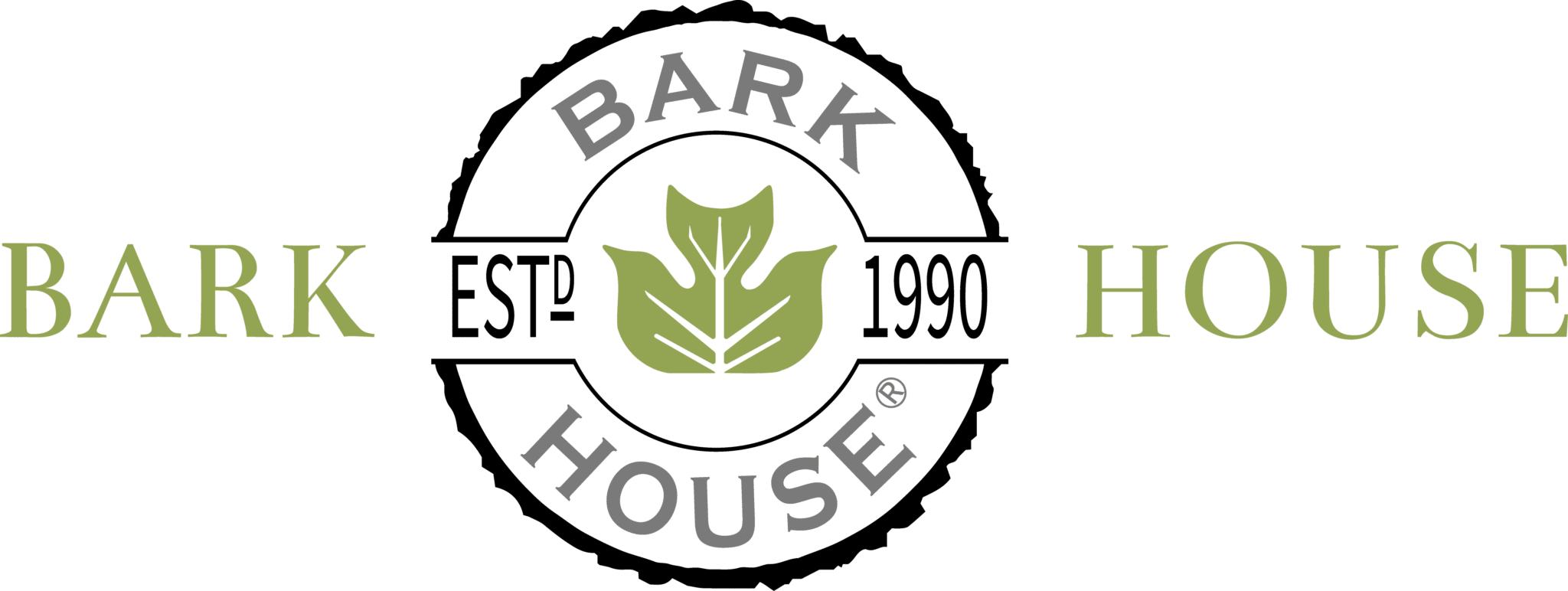Inspiration From Nature in Architecture
Humans naturally crave a connection to nature and the outdoors. So give them what they want – what they need! Even brief glimpses of nature indoors can lead to significantly healthier, more beautiful spaces.
Nature in architecture truly insulates us from the harsher rhythms of the human world, providing a healing effect through its simple delights and helping us realign our energies to address the present. In a world where stress is considered one of the top hazards to human health and the coronavirus global pandemic is forcing us to spend more time indoors, using natural building products like Bark House bark wall coverings and siding in luxury designs can go a long way toward helping us stay even happier and healthier.
Long Human History of Architecture Inspired by Nature
Nature informed art and design long before the modern concept of ‘biophilia’ began trending.
For example, fractals and the golden ratio, which form the basis of patterns found in nature, have long been considered principal concepts in design. Thus, the already‑common use of fractals and the golden ratio in complex architecture reveals a longstanding intellectual comprehension of patterns in nature.
To wit, many traditional aesthetic philosophies around the world reflect this affinity for being inspired by nature, in architecture, and otherwise. For example, Denmark’s hygge engenders all things coziness with typical sensory characteristics including muted tones and patterns derived from nature. Similarly in Japan, wabi‑sabi celebrates the beauty and wisdom of natural simplicity, embracing the imperfections of naturally‑occurring shapes and even flaws in all aspects of the home, decorative and functional.
Why Biophilic Design Really Works
The main principle behind biophilia is, at its core, simple: Connect humans with nature to improve well‑being.
Luxury architects can do this simply by bringing natural elements into built spaces. These elements can include water, greenery, stone, and natural light. Bark and wood, especially where the natural grain and textures are visible, are particularly effective ways to foster biophilia. The use of such botanical shapes — instead of straight lines — really hammers in the visuals of nature. Bark also engages all the senses beyond just the visual, with the aroma of trees and the tactility of rough bark.
Because biophilic design — even in small doses — has been scientifically proven to improve the lives of inhabitants. It does this by:
- Reducing stress levels: Even if you can’t be outside, simply looking at nature can reduce stress and promote health. In fact, this can even decrease physical pain.
- Make you feel more connected. Nature encourages connections, not just making people feel more inclined to connect with their local communities, but actually giving them the energy to go out and do so. This actually happened with residents in Chicago public housing, who reported stronger feelings of connections with their neighbors than those in buildings without trees.
- Improving cognitive performance. Just taking breaks won’t mitigate stress: the type of breaks also matters. Research shows immersion in nature boosts performance on tasks requiring sustained focus.
- Fuel for the soul. Nature makes us feel more alive, and in a quantifiable way, as this research at the University of Rochester shows.
The Evolution of Luxury Design: Go All‑In on Biophilia
So you’re looking to elevate your luxury designs to the next level. The first challenge is to go beyond thinking about your aesthetics. Consider not just the comfort, but the happiness of the people who will be occupying the spaces you create. The best way to boost that joy is to bring nature nearer and dearer to their hearts.
